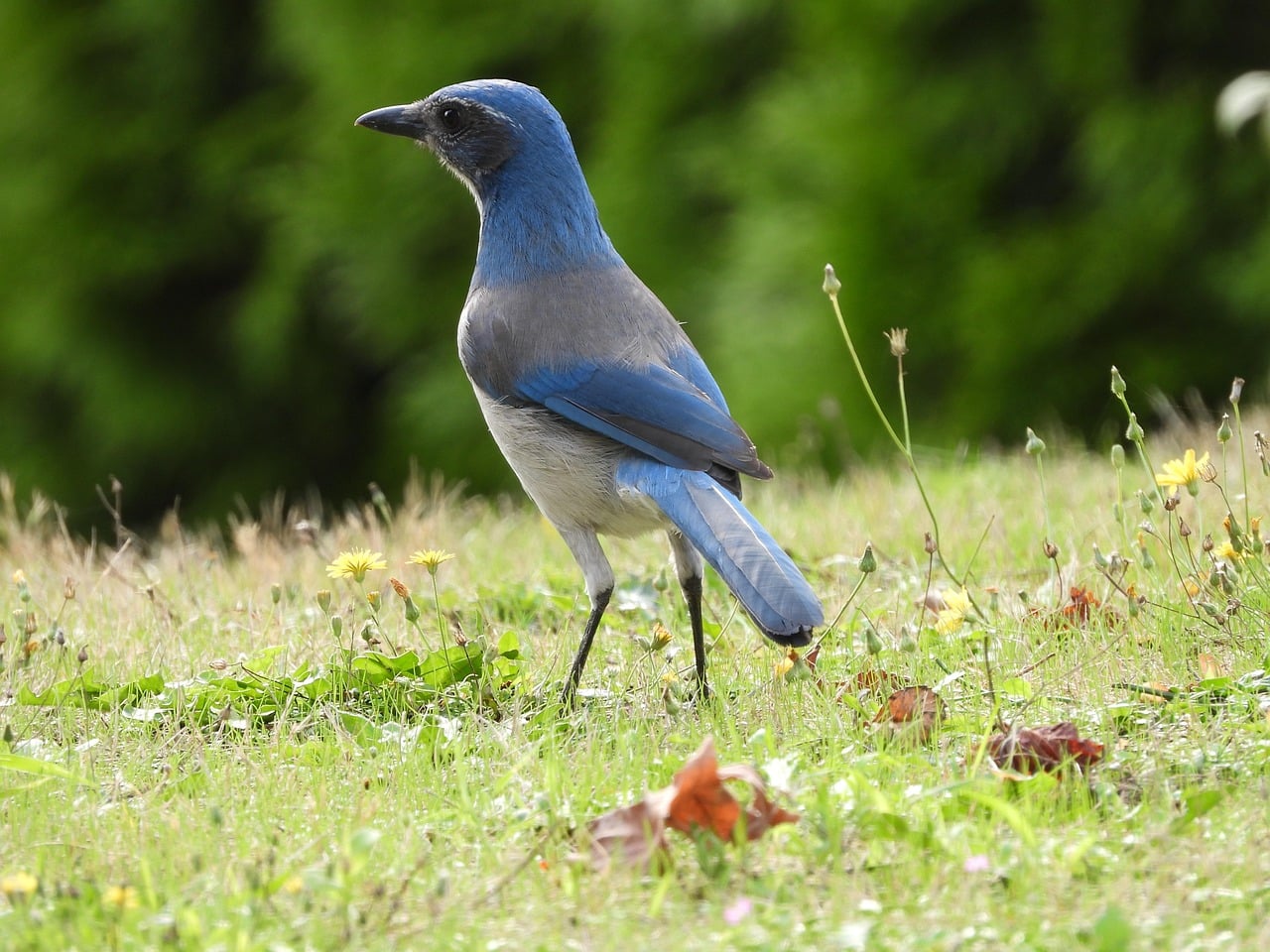 Shutterstock
Shutterstock
When it comes to brainy animals, birds might not be your first thought—unless you’re already a fan of parrots or ravens. But beyond the usual suspects, many feathered geniuses are quietly outsmarting expectations with clever tricks and sharp problem-solving skills. From tool use and puzzle-solving to mimicking speech and understanding cause and effect, these birds prove intelligence comes with wings. They may lack diplomas, but their smarts are undeniable. And that bird on your fence? It might just be silently judging your snack decisions with calculated precision.
Eurasian Jay
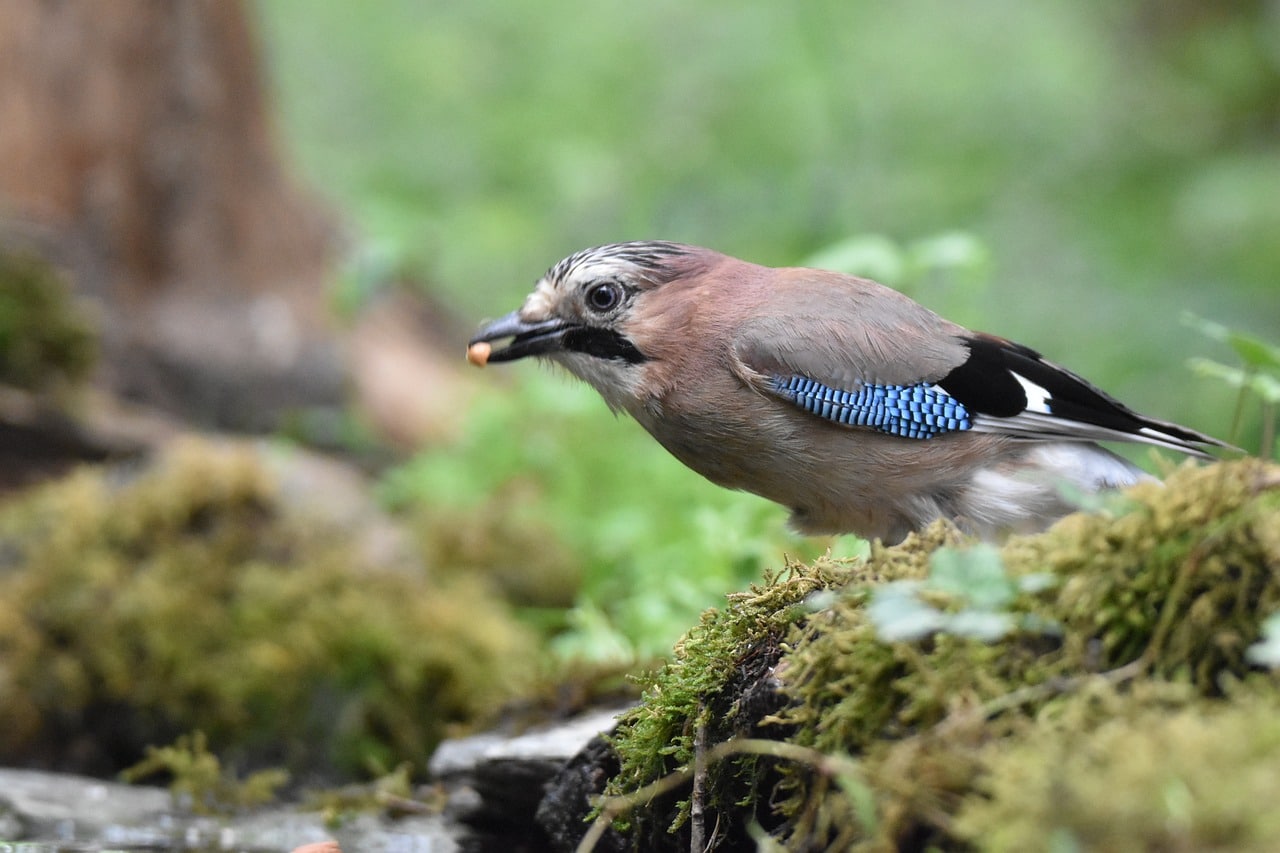 Shutterstock
Shutterstock
The Eurasian Jay is a flashy little bird with stunning blue wing feathers—and an even more dazzling brain. Known for their food-caching behavior, these birds have demonstrated the ability to plan for the future, something previously thought to be unique to humans and apes. They can also remember where they stored hundreds of acorns and take into account whether another bird was watching them hide the goods. This means they’re not just smart—they’re paranoid geniuses. With complex memory and social awareness, the Eurasian Jay isn’t just a pretty face.
Kea
 Shutterstock
Shutterstock
Found in the mountainous regions of New Zealand, the Kea is a large alpine parrot known for its mischievous personality and wicked intelligence. These birds are master problem-solvers and have been seen working together to complete tasks—like opening locked containers or removing windshield wipers from parked cars just for fun. Researchers have even observed them using tools, a rare trait in the bird world. They also engage in play behavior, which is often a sign of high cognitive function. In short, if you left your camping gear unattended in Kea territory, you better say goodbye to your snacks and your zippers.
Clark’s Nutcracker
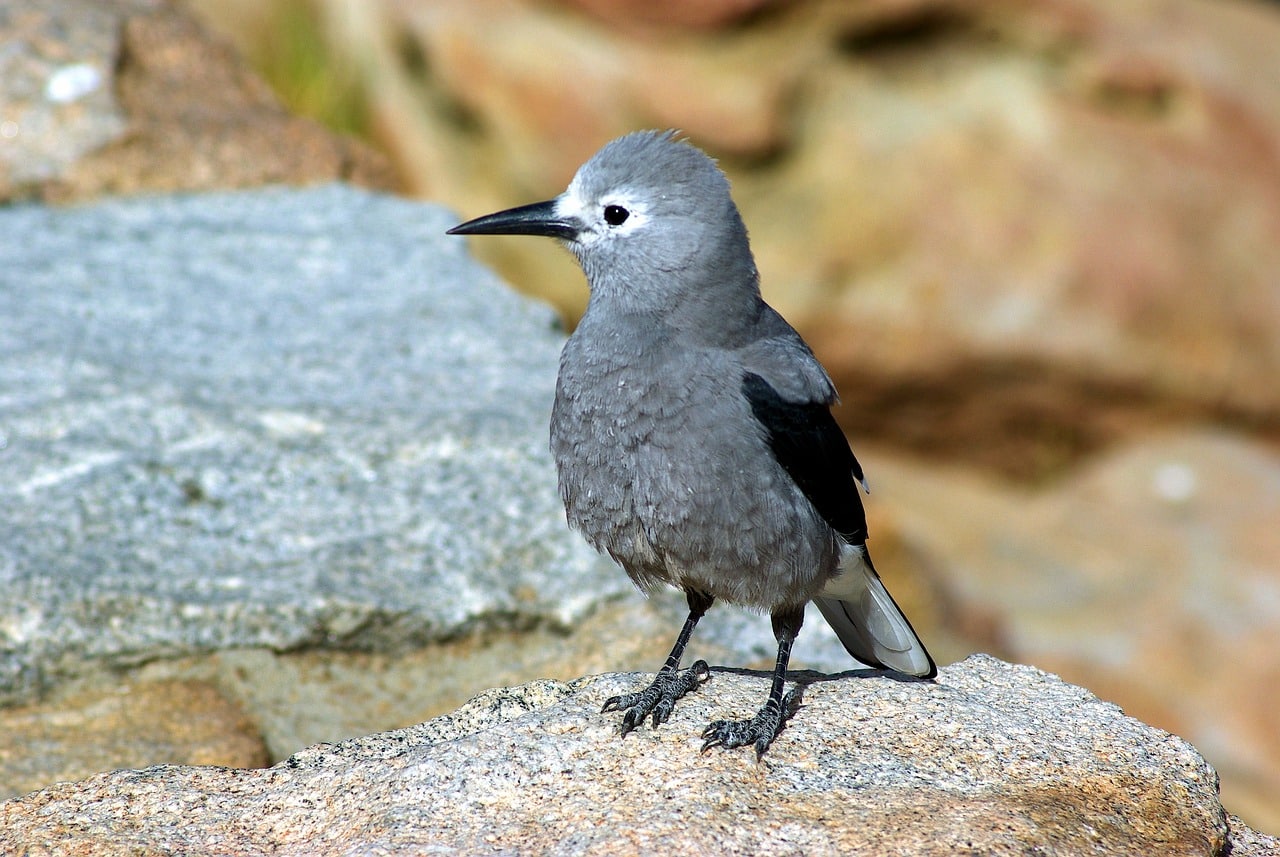 Shutterstock
Shutterstock
Don’t let the name fool you—Clark’s Nutcracker is more than just a nut enthusiast. This high-altitude bird is an absolute memory powerhouse, able to recall thousands of food cache locations months after hiding them. Living in the Rocky Mountains and western U.S., this bird uses spatial memory to survive harsh winters. Some studies suggest they remember up to 10,000 individual spots. If you’ve ever lost your car in a parking lot, this bird officially has you beat.
Green Heron
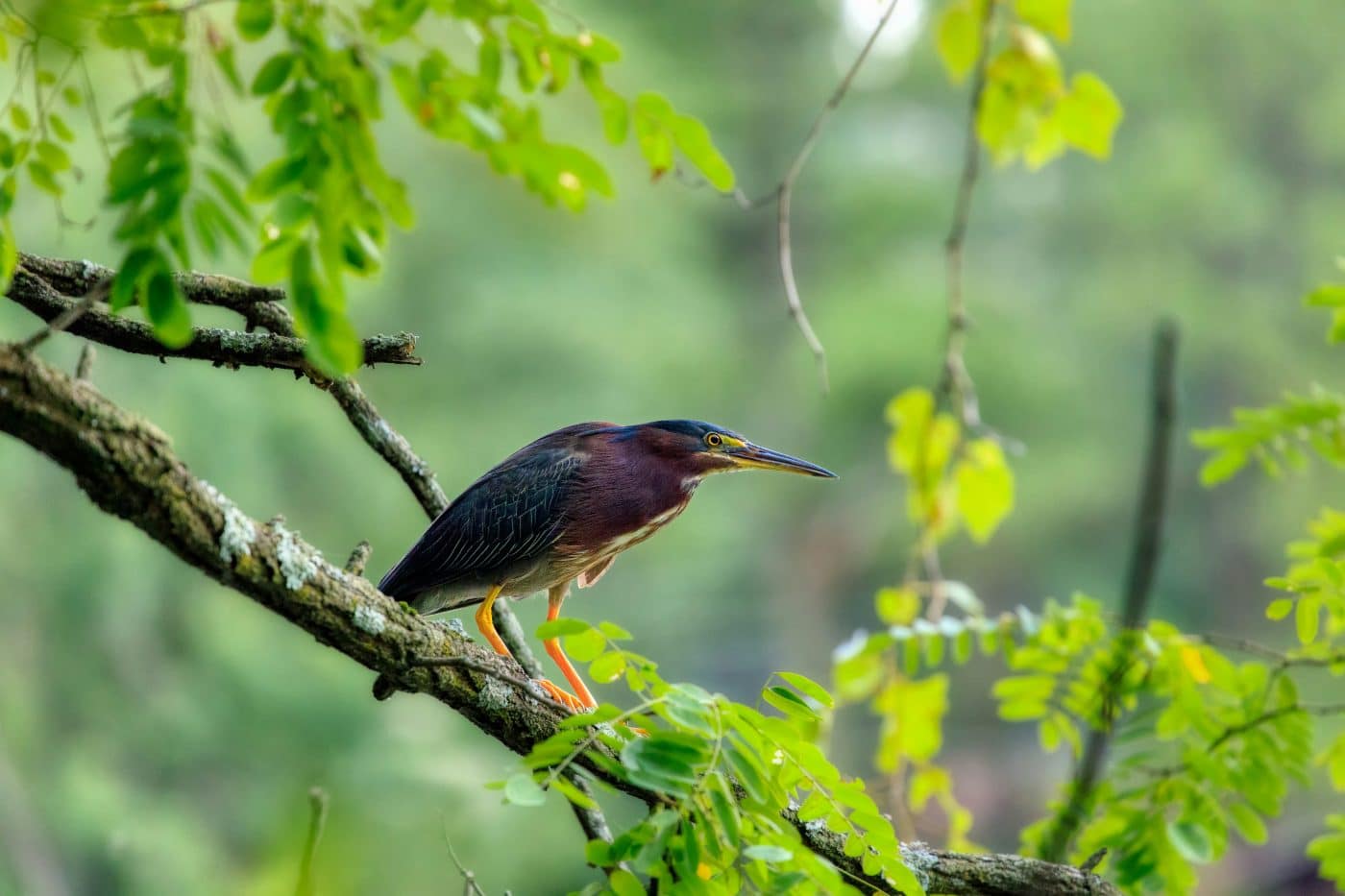 Shutterstock
Shutterstock
The Green Heron is one of the few birds known to use tools to catch its prey. It will drop insects, feathers, or bits of bread on the surface of the water to lure fish—like a tiny feathered angler. This behavior shows an understanding of cause and effect, a cognitive ability that’s rare outside of primates. They’re also incredibly patient, waiting perfectly still for the right moment to strike. It’s a fishing prodigy in feathers.
Satin Bowerbird
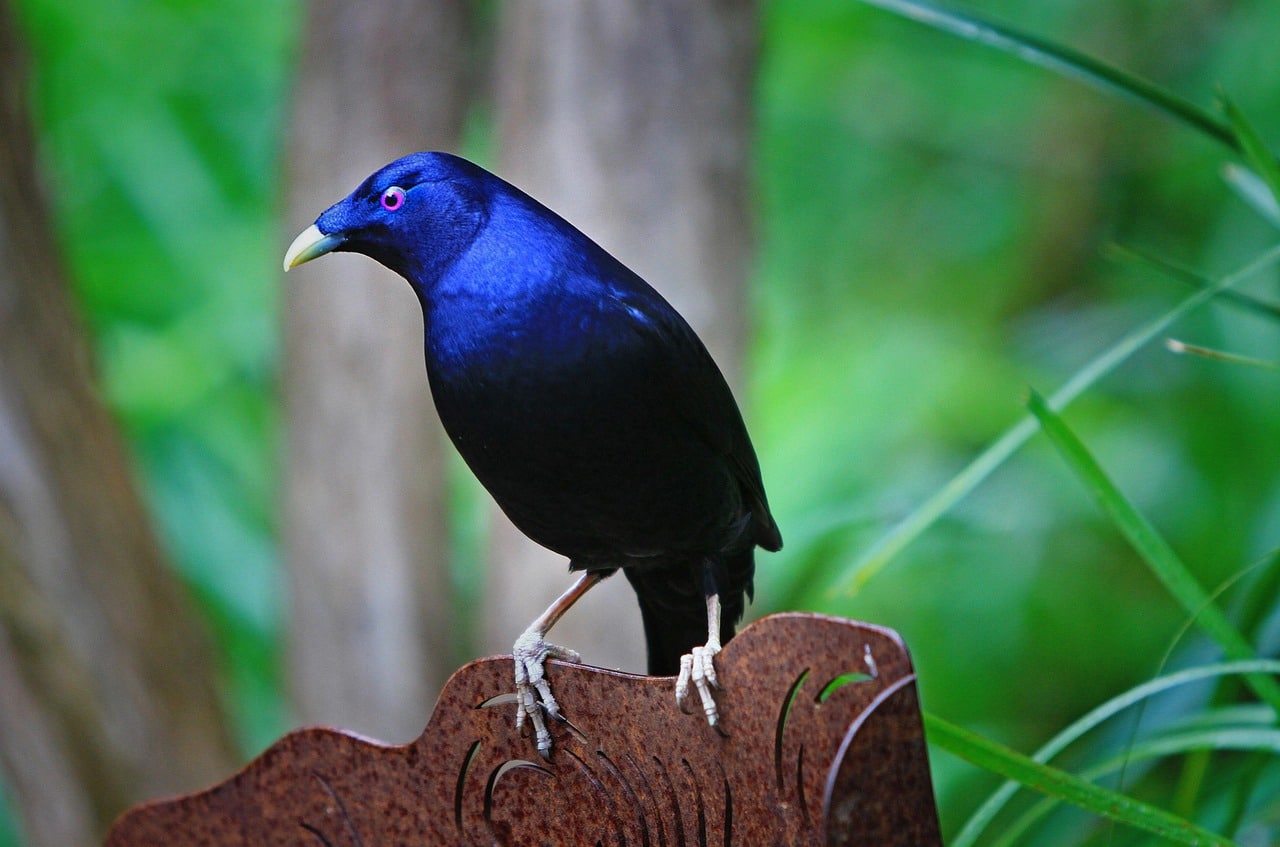 Shutterstock
Shutterstock
Native to Australia, the Satin Bowerbird is a master architect and interior designer. Males build elaborate structures called bowers and decorate them with blue objects—berries, bottle caps, even pieces of plastic—to attract mates. But it’s not just aesthetic flair; they carefully arrange items to create visual illusions that make the bower appear more impressive. That kind of spatial awareness and planning takes real mental muscle. Honestly, most humans can’t even hang a picture straight.
New Caledonian Crow
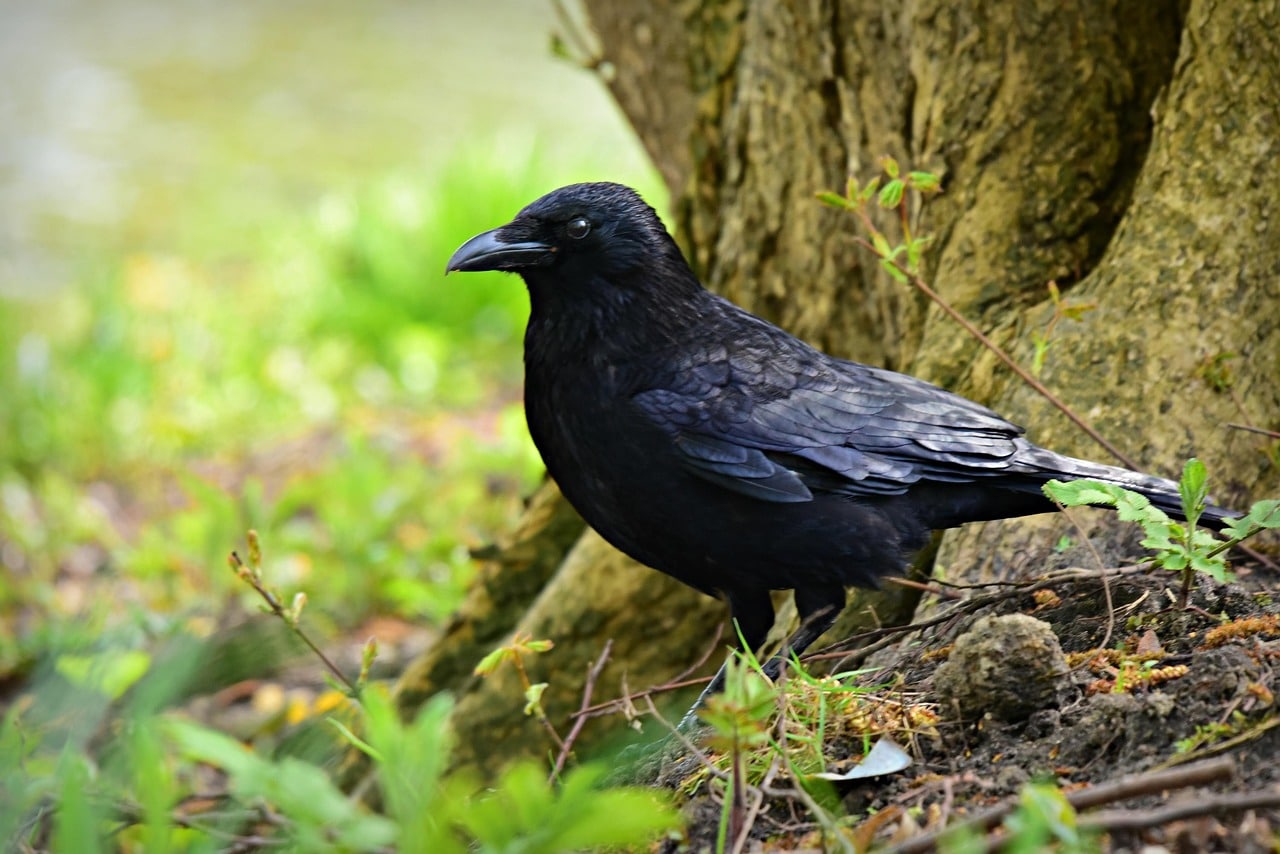 Shutterstock
Shutterstock
These crows are often credited as some of the most intelligent non-human animals on Earth—and with good reason. Native to New Caledonia, they’ve been observed crafting and using tools to extract insects from hard-to-reach places. They not only use sticks but also modify them into hooks, which is like the bird version of creating a Swiss Army knife. They’ve even demonstrated the ability to solve multi-step puzzles. If there was a bird version of “Escape Room,” the New Caledonian Crow would escape in five minutes flat.
African Grey Hornbill
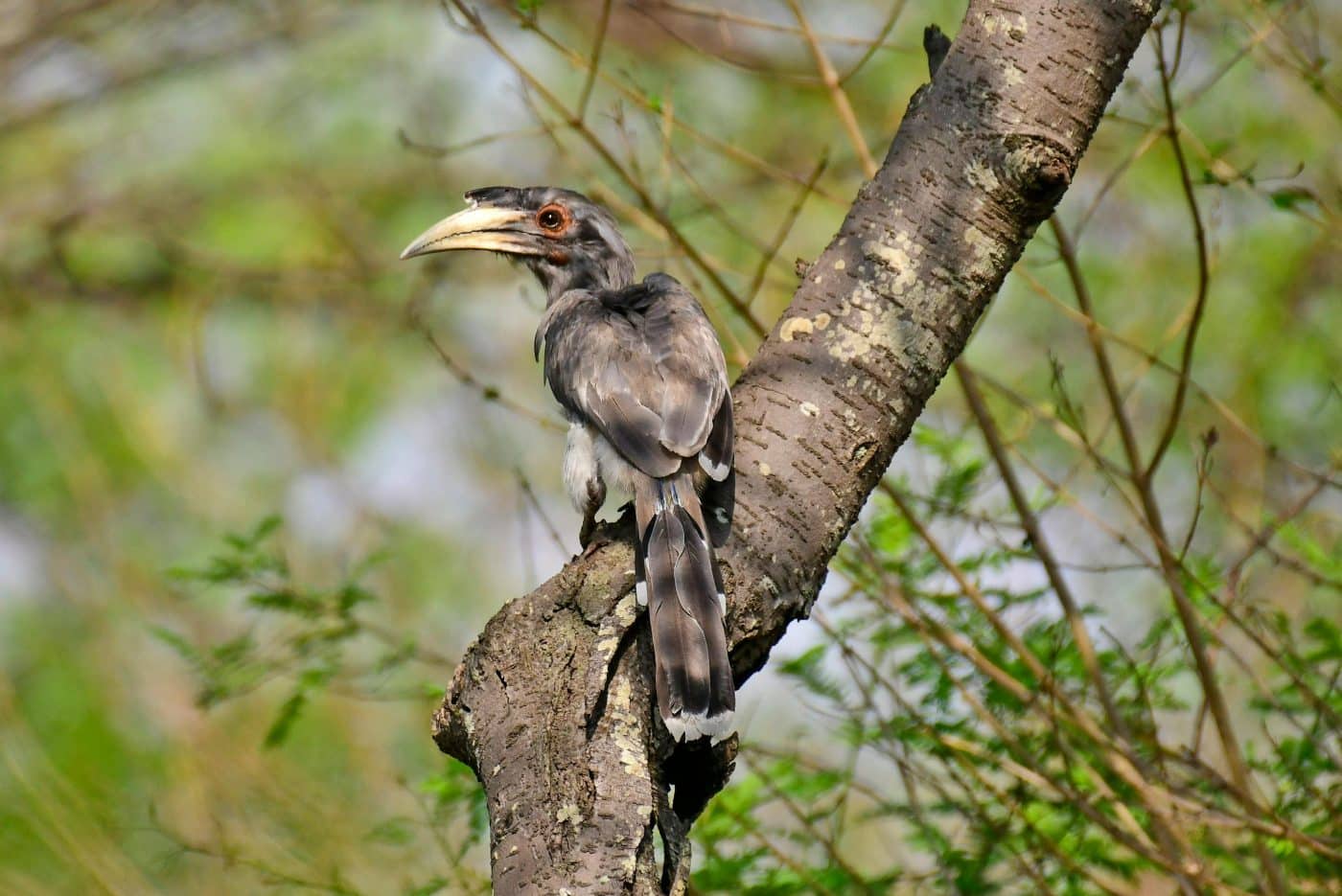 Shutterstock
Shutterstock
While African Grey Parrots get all the headlines, the African Grey Hornbill deserves some love too. These birds show strong pair bonding and cooperative behaviors that require communication and memory. They also have unique nesting habits, where the female seals herself inside a tree cavity, and the male feeds her and the chicks through a small slit. This system requires trust, timing, and dedication—traits that suggest a level of intelligence beyond instinct alone. Plus, the fact that it works smoothly season after season shows how smart these birds are.
Western Scrub-Jay
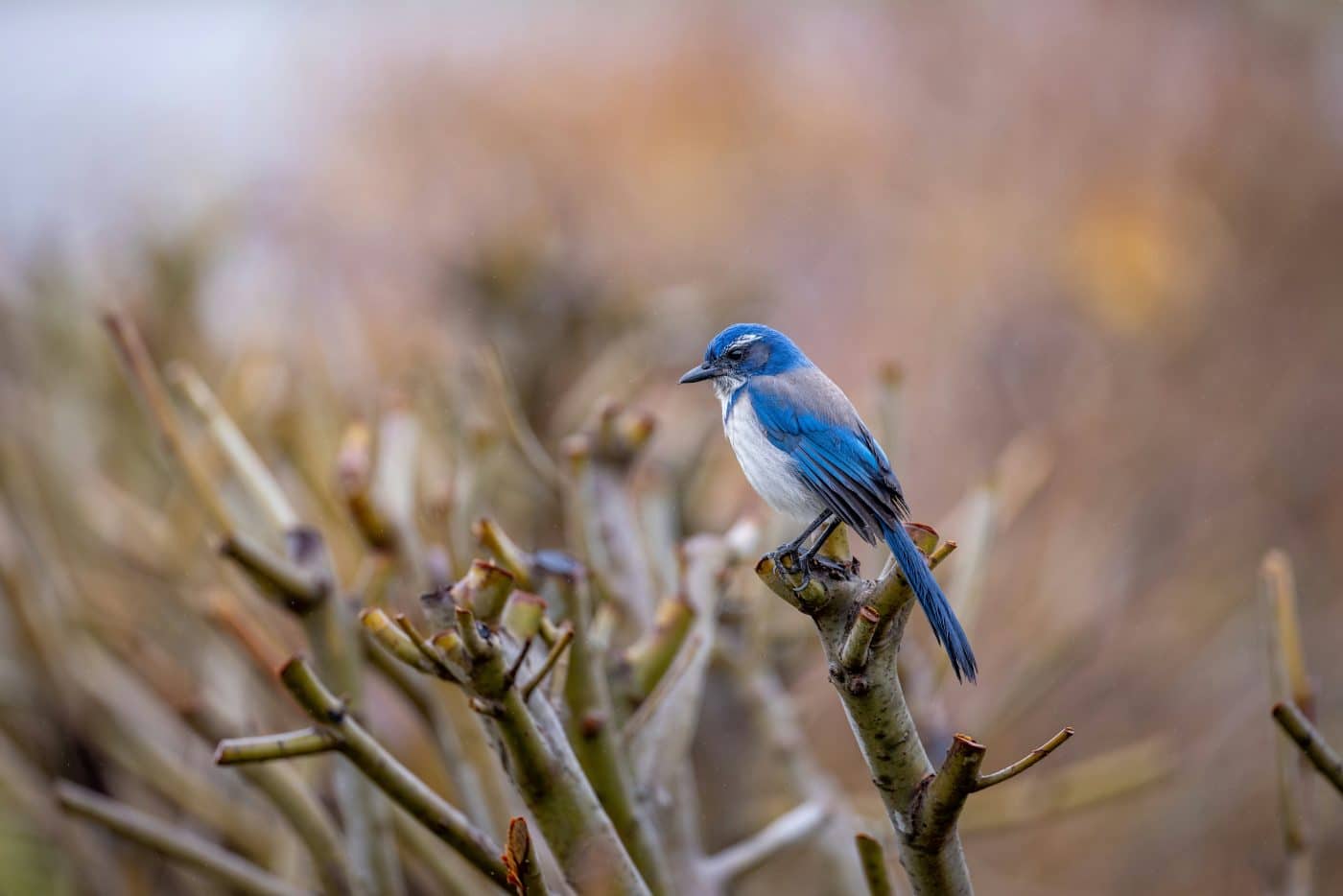 Shutterstock
Shutterstock
Another brainy bird in the corvid family, the Western Scrub-Jay is known for its cleverness and sneakiness. These birds not only remember where they’ve hidden their food but also keep tabs on who might be watching them do it. If a Scrub-Jay thinks another bird has seen their stash, they’ll often go back and move it to a new hiding spot. They’ve also shown signs of understanding that other birds have minds of their own—a big deal in the world of animal cognition. They’d make excellent spies or secret agents if given a trench coat and sunglasses.
Australian Magpie
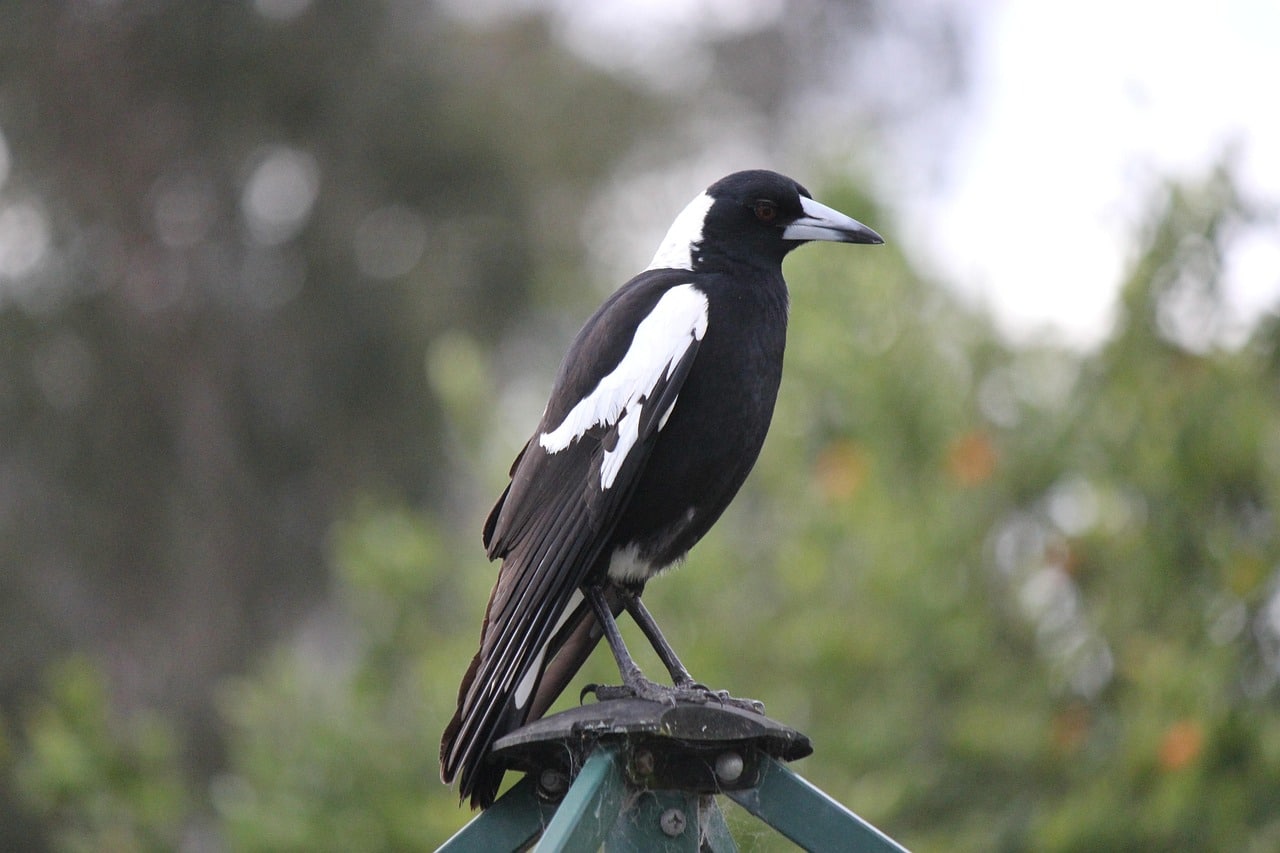 Shutterstock
Shutterstock
Australian Magpies are known for their aggressive swooping during the breeding season, but beneath that feathery rage lies an impressive brain. Studies have shown that magpies can recognize individual human faces and remember them for years. They also engage in cooperative behaviors, can solve puzzles, and even sing complex songs that vary by region—like feathered folk music festivals. Despite their bad reputation among joggers, these birds are sharp and social, often living in groups that require advanced communication skills.
Indian Hill Myna
 Shutterstock
Shutterstock
The Indian Hill Myna isn’t just a fantastic mimic—it’s a vocal prodigy. Known for its uncanny ability to reproduce human speech and sounds, this bird demonstrates vocal learning skills on par with parrots. But it’s not just about mimicry—they also use complex calls to communicate in the wild. Some have even shown the ability to associate words with objects or actions, suggesting a deeper level of understanding. If Birds had their own podcast network, the Hill Myna would host the most entertaining one.
Zebra Finch
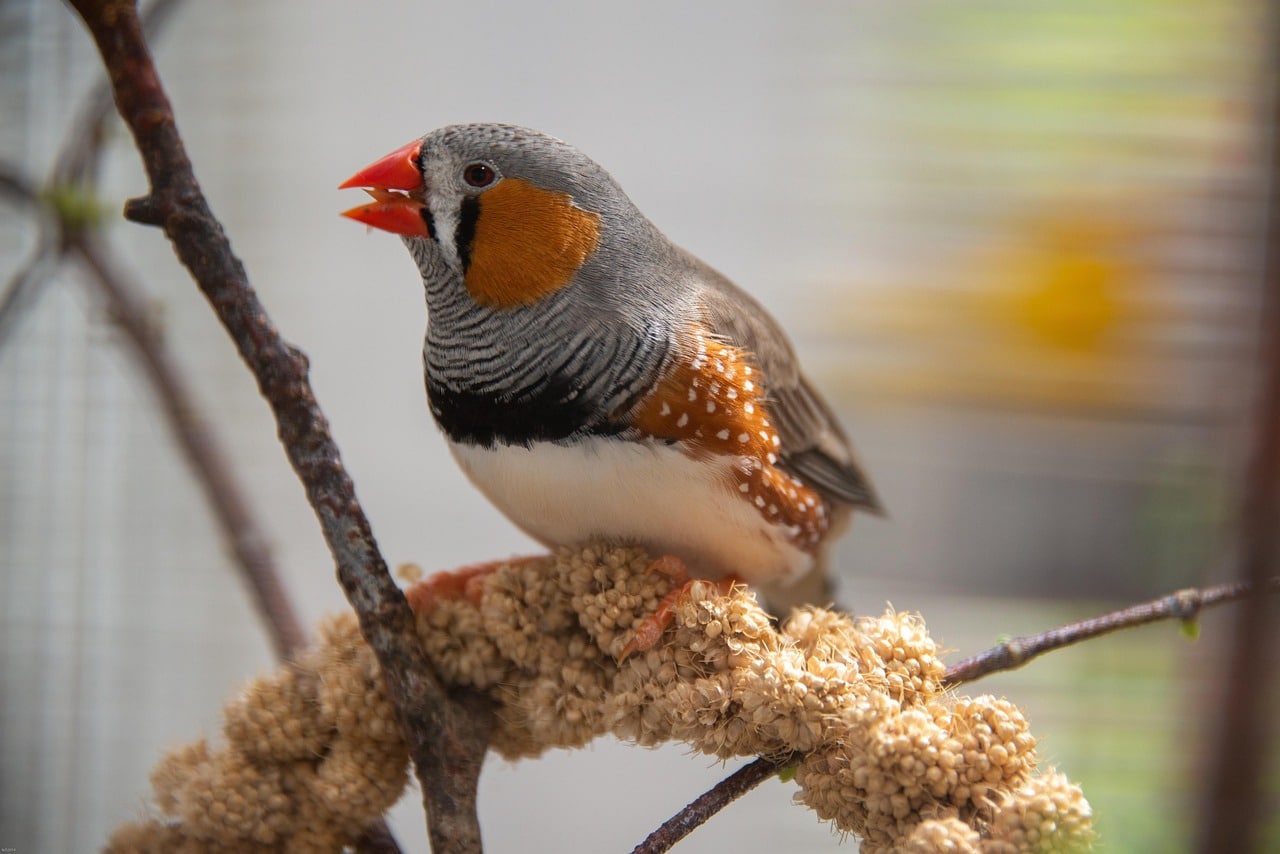 Shutterstock
Shutterstock
Don’t be fooled by their tiny size—Zebra Finches are intellectual powerhouses when it comes to learning. They’re often studied by scientists for how they learn songs, which is very similar to how humans learn language. Young finches must listen to adult “tutors” to learn their species-specific tune, and errors in learning can lead to vocal improvisation. They also demonstrate strong social bonds and respond to the emotional tones of other birds’ songs. Essentially, they’re the jazz musicians of the bird world, and they have the brains to back it up.
Northern Mockingbird
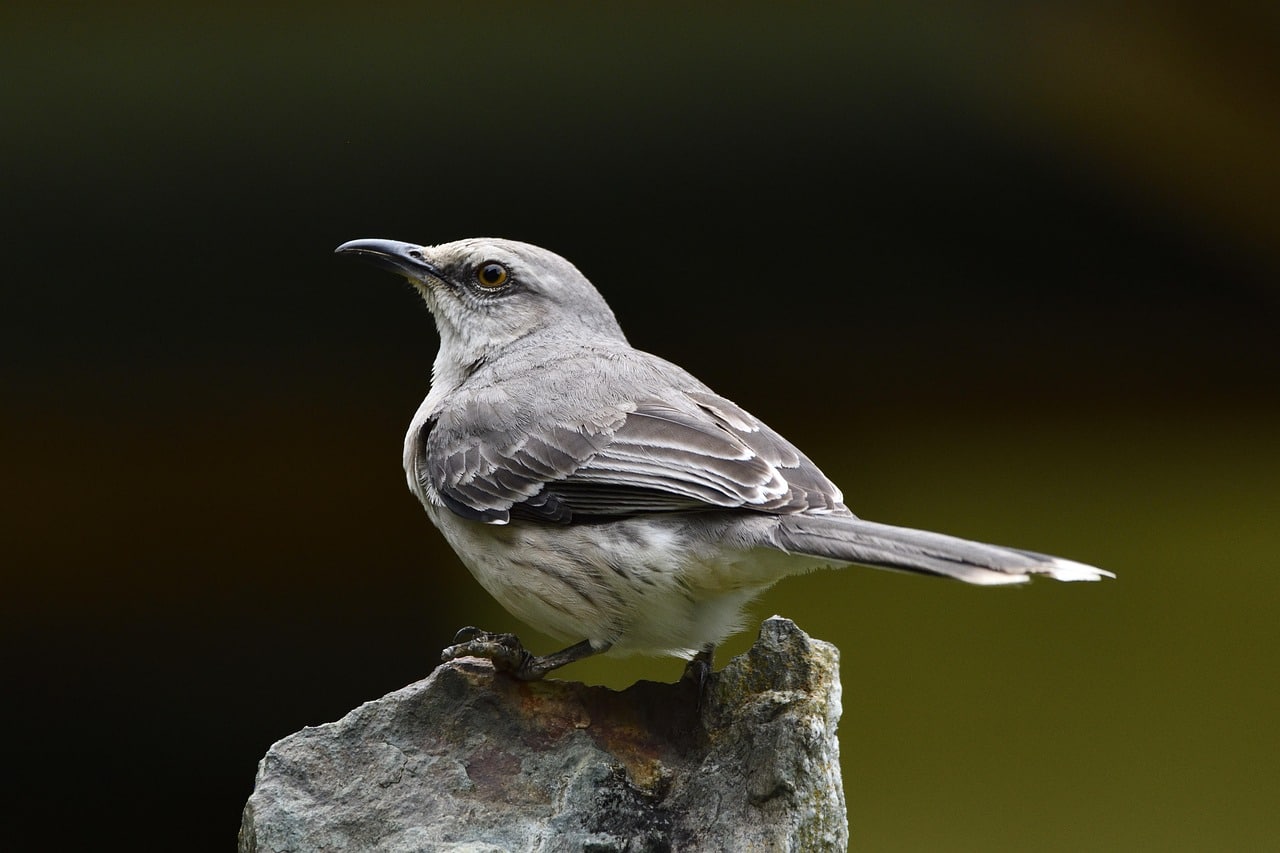 Shutterstock
Shutterstock
This bird isn’t just a one-hit wonder—it’s a whole cover band. The Northern Mockingbird can mimic dozens of other bird calls, animal noises, and even mechanical sounds like car alarms or cell phones. They use this talent in both territory defense and mate attraction and the more sounds they can replicate, the more attractive they are. That level of vocal complexity takes memory, auditory discrimination, and practice. While it may not be crafting tools, the Mockingbird is running its mixtape and thriving.
Common Raven
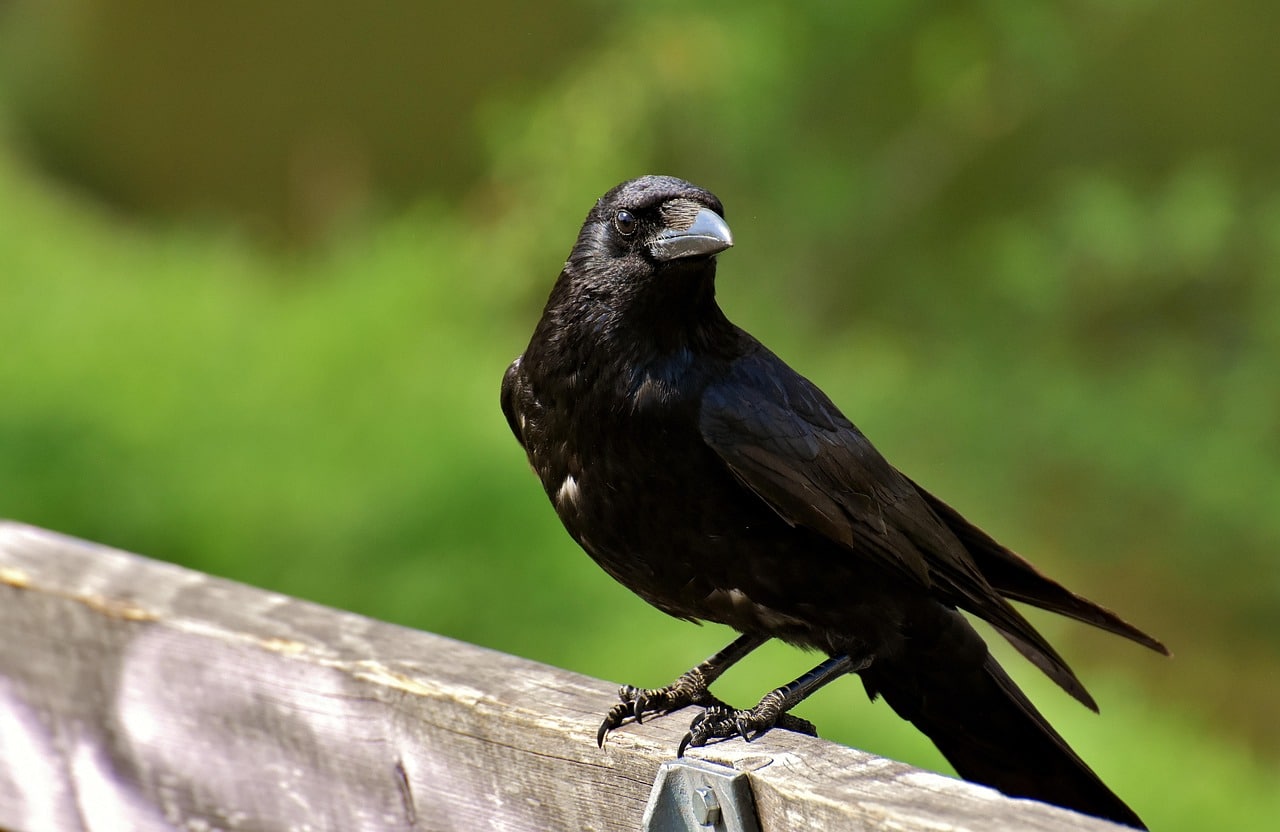 Shutterstock
Shutterstock
While not exactly unknown, the Common Raven often gets overshadowed by its crow cousins. These birds are frighteningly smart, showing the ability to plan for the future, understand cause and effect, and even hold grudges. They’ve been seen dropping nuts onto roads for cars to crack open, playing games, and even mimicking human speech. Their problem-solving skills are so advanced that some researchers compare them to great apes. If ravens ever unite, we may all be working for them someday.
The Real Bird Brains Are Brilliant
 MidJourney
MidJourney
So, next time someone drops “bird brain” as an insult, remember—it’s a compliment. From bait-dropping herons to snack-stashing jays and melody-loving magpies, these underrated avian intellects are redefining what it means to be brainy with feathers. They plan, solve, build, sing, and occasionally serve petty genius by hiding snacks just to mess with others. With minds this sharp, it’s a wonder they haven’t formed a union and started charging us for their daily sky-high performances. Honestly, we’d probably pay—just don’t tell the crows.

 17 hours ago
6
17 hours ago
6



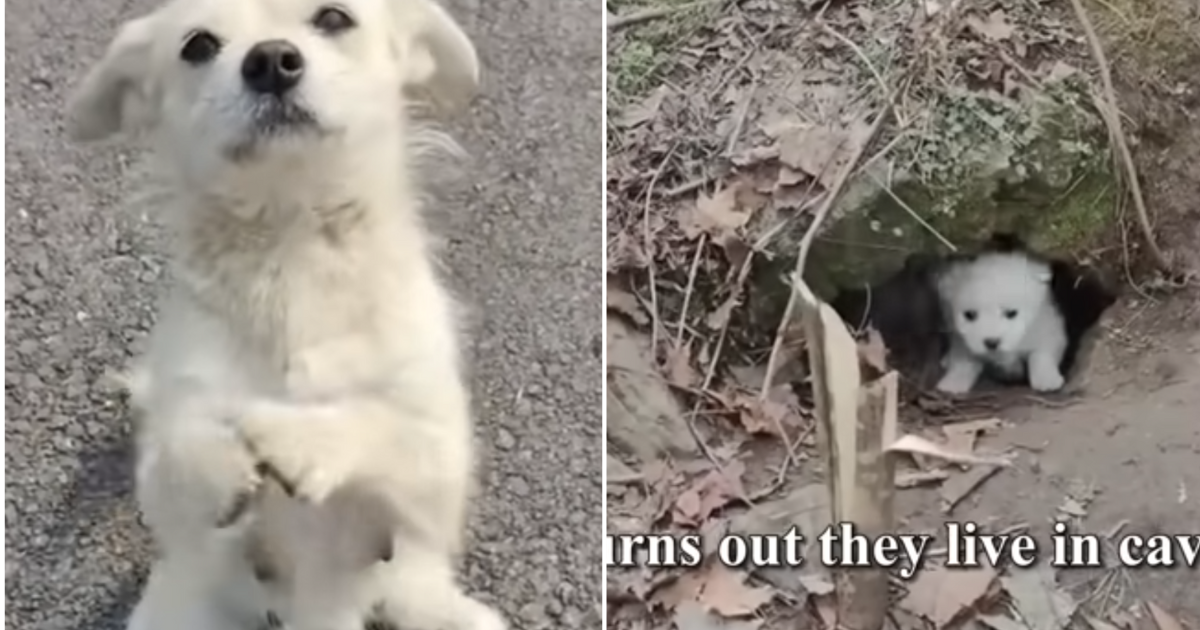














 English (US) ·
English (US) ·